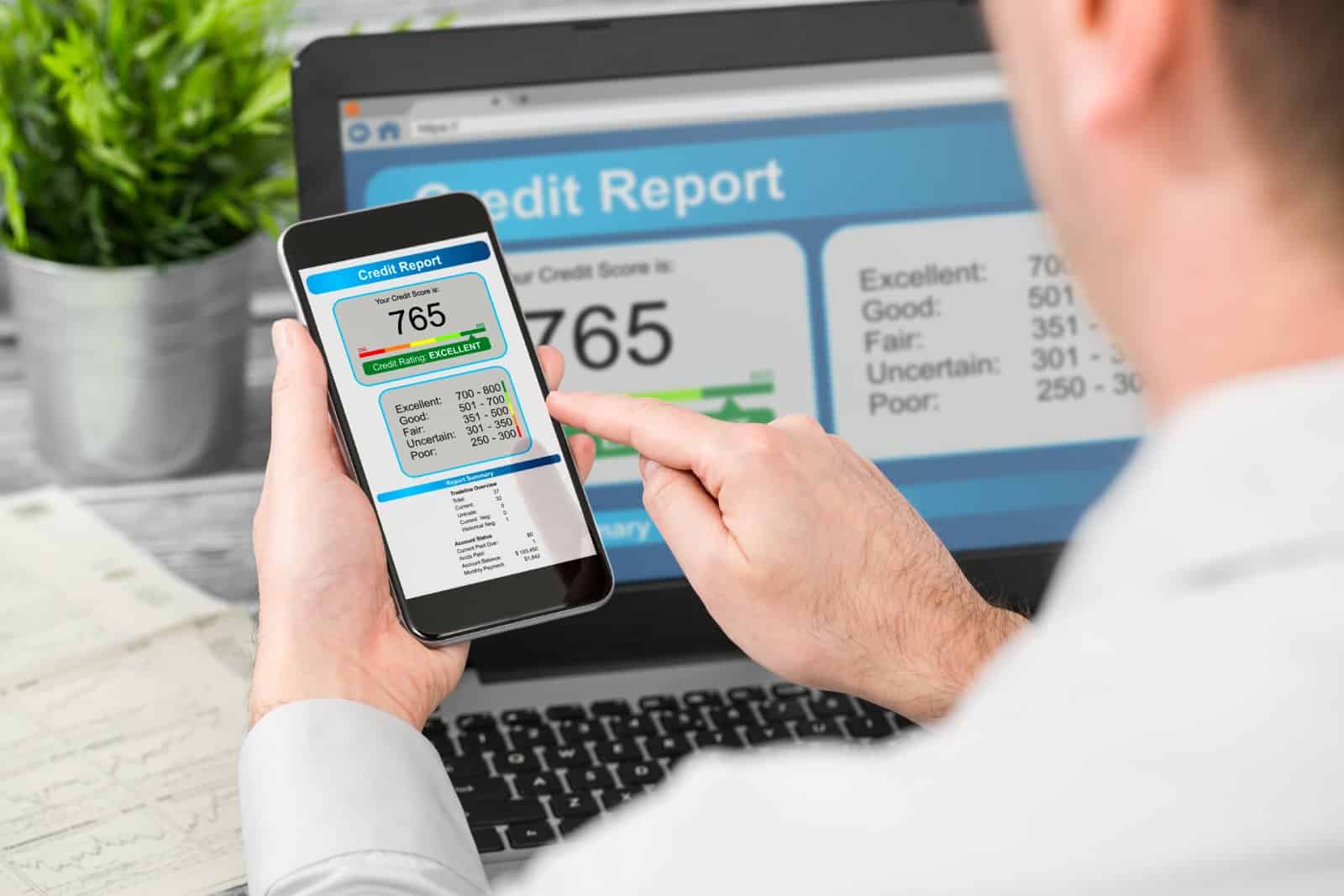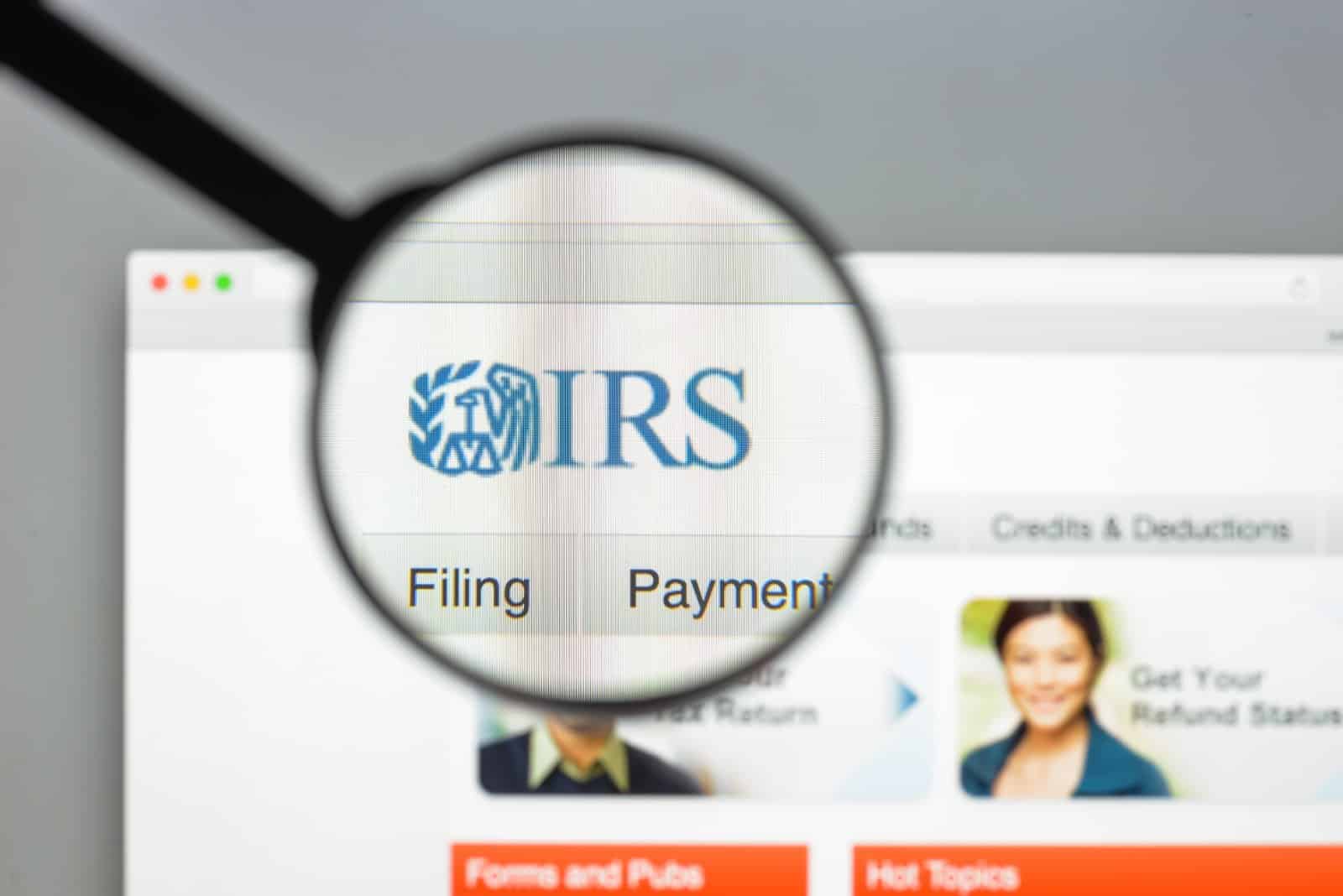Ever wonder why your wallet’s always lighter than you think it should be? It might be because you’re spending money on things that—you guessed it—could be yours for free. Bank fees, shipping costs, and more are silently draining your funds. Ready to plug those leaks and save some cash? Let’s get into it, no nonsense attached.
1. Bank Fees

Many banks offer free checking and savings accounts, so if you’re paying monthly maintenance fees, it might be time to switch. Also, utilize your bank’s ATM to avoid withdrawal fees.
2. Shipping Costs

Look for free shipping options when shopping online. Many retailers offer free shipping with a minimum purchase, or you can pick up items in-store for free.
3. Subscriptions You Rarely Use

Audit your subscription services annually. If there’s something you’re not using, cancel it. Many content libraries can be accessed for free or cheaper through promotions or shared family plans.
4. Late Fees

Set up automatic payments for recurring bills to avoid late fees. Many companies offer grace periods or one-time fee waivers if you call and ask.
5. Books

Instead of buying books, use your local library. Many offer digital lending options too, so you can read on your e-reader or tablet for free.
6. News Websites

Before subscribing to a news site, check if they offer a certain number of free articles monthly, or access them through library databases or educational institution subscriptions.
7. Water Bottles

Buying bottled water adds up. Invest in a filter and a reusable bottle to save money and reduce plastic waste.
8. Cable TV

With the plethora of streaming services available, paying for cable might be unnecessary. Free streaming platforms also offer a wide variety of content.
9. Credit Reports

You’re entitled to one free credit report per year from each of the three major credit reporting agencies through AnnualCreditReport.com.
10. Exercise Classes

Instead of paying for gym memberships or classes, look for free workout videos online or use apps that offer no-cost options.
11. Budgeting Tools

Many free apps and online tools can help you manage your finances without the need for expensive software or subscriptions.
12. ATM Fees

Use your bank’s ATM or choose one that’s in-network to avoid fees. Some banks even reimburse ATM fees.
13. Extended Warranties

Many credit cards offer extended warranties on purchases, so paying extra at the store is often redundant.
14. Software and Apps

Before purchasing software, look for free, open-source alternatives. There are high-quality options available for most needs.
15. Tax Filing

If your income is below a certain threshold, you can file your taxes for free through the IRS Free File program.
16. Checking Baggage

Travel with carry-on luggage or choose airlines that don’t charge for checked bags to save on fees.
17. Educational Courses

Many universities offer free online courses. Websites like Coursera or edX provide access to thousands of courses from reputable institutions.
18. Professional Advice

Look for free workshops or online resources for financial, legal, or professional advice. Many organizations offer free consultations.
19. Entertainment

Instead of paying for movies or events, look for free community events, screenings, or museum days in your area.
Financial Freedom Is a Choice

By cutting out these unnecessary expenses, you can save a surprising amount of money each year. It’s all about knowing where to look and making smart choices about what you really need to pay for. Remember, the best things in life—and quite a few useful ones—are free.
The post – first appeared on Not Your Boss Babe.
Featured Image Credit: Shutterstock / –.
The content of this article is for informational purposes only and does not constitute or replace professional financial advice.
For transparency, this content was partly developed with AI assistance and carefully curated by an experienced editor to be informative and ensure accuracy.
The post Free and Fabulous: 19 Things You Don’t Pay For first appeared on Not Your Boss Babe.
Featured Image Credit: Shutterstock / KucherAV.
The content of this article is for informational purposes only and does not constitute or replace professional financial advice.
For transparency, this content was partly developed with AI assistance and carefully curated by an experienced editor to be informative and ensure accuracy.





Leave a Reply